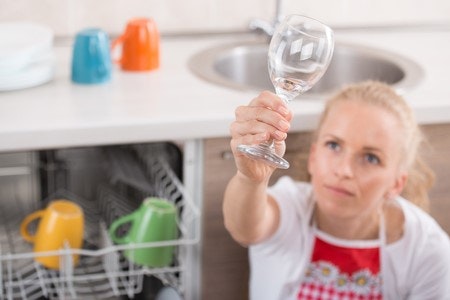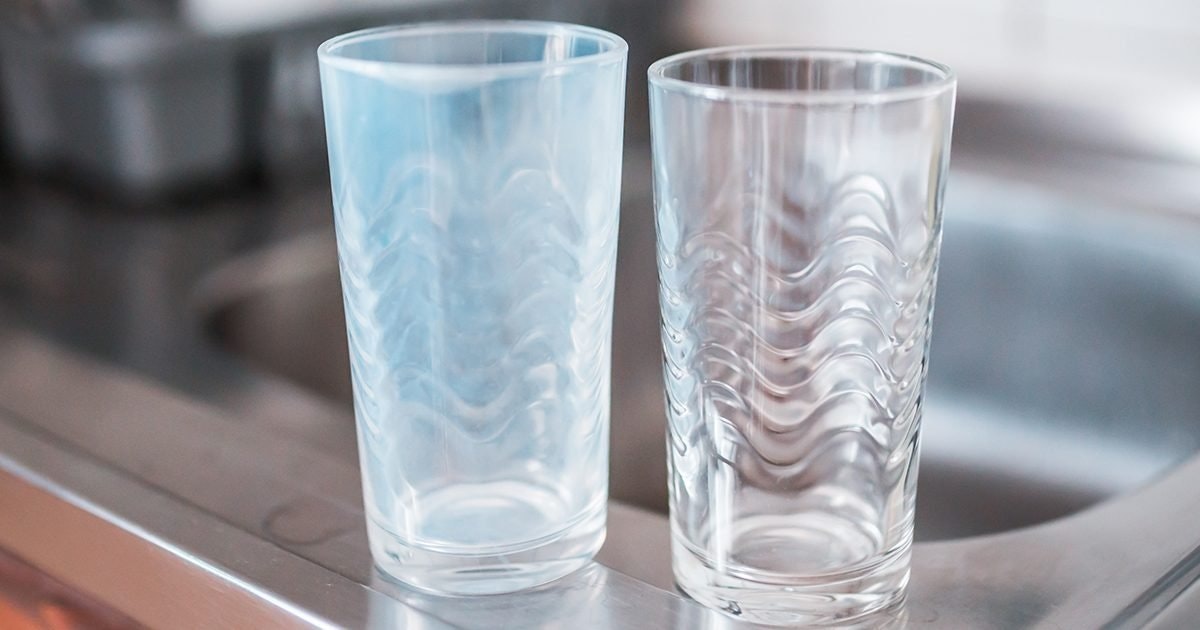How Hard Is My Water?

Most of our water is only moderately hard, similar to hardness experienced across most of California. Drinking water in and around Hollister is much softer than historically now that imported surface water is our primary water source. Our wells have hard water because of the geology and minerals in the groundwater basin. But our imported surface water has the same medium hardness as most California rivers and lakes. By mixing some well water [hardness of 400 mg/L] with mostly surface water [hardness of 110 mg/L], we lower the overall hardness to reasonable levels of 120-180 mg/L (7-10 grains per gallon).
During the summer when customers use more water, the hardness may increase to about 250 mg/L as more well water is needed to meet meet demand. However, at that hardness, you should not need a water softener to protect your appliances.

Water hardness is from dissolved minerals from the soil like calcium and magnesium. Hardness has no known health risks, but is an aesthetic issue. High hardness will leave scale on surfaces and pipes, which can eventually clog plumbing appliances. There are no regulatory defined levels of what is hard or soft water, but it is generally considered hard if the amount of dissolved calcium carbonate equivalent (CaCO3) is above 130 ppm or 8 grains per gallon. That level of hardness can cause minor scale to build up in pipes, on faucets, and leave white spots on glass.

